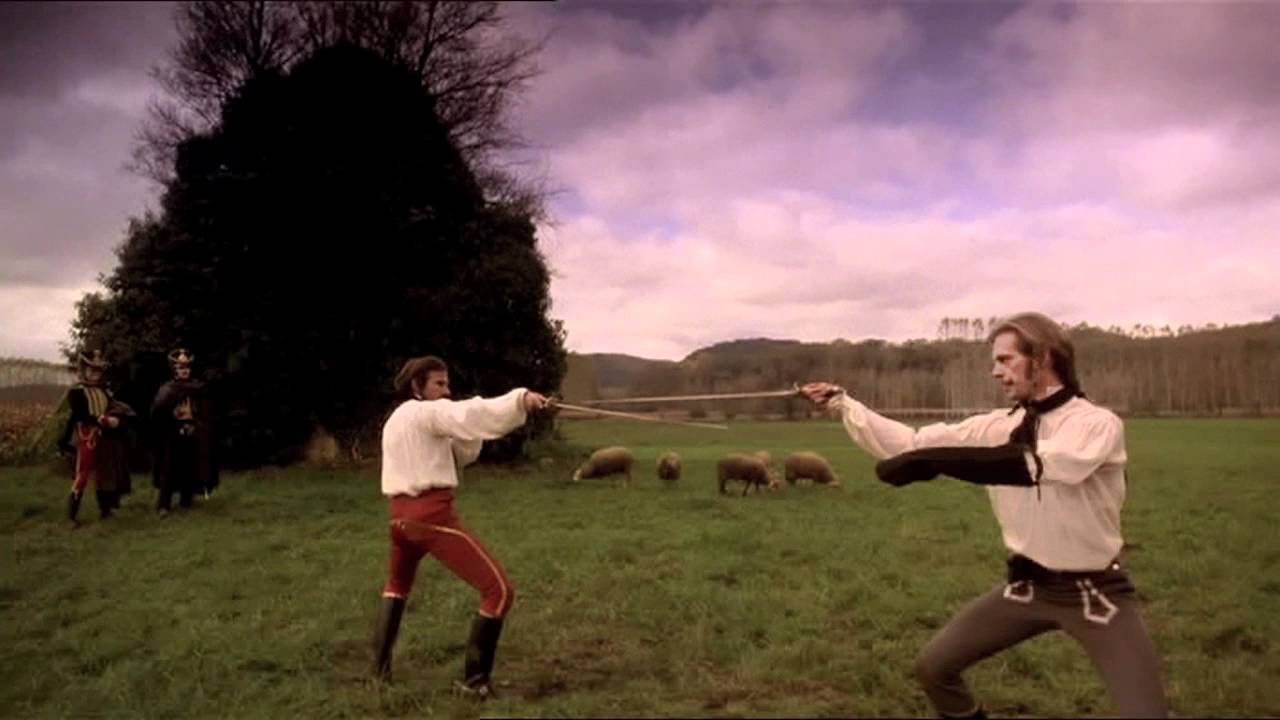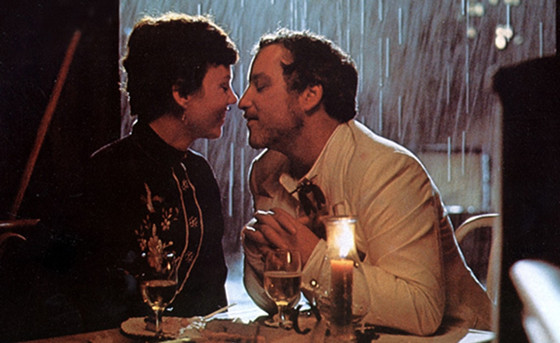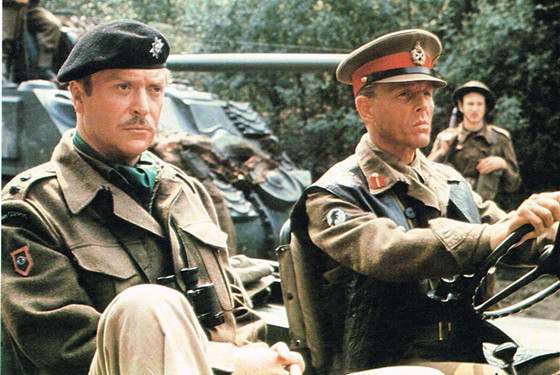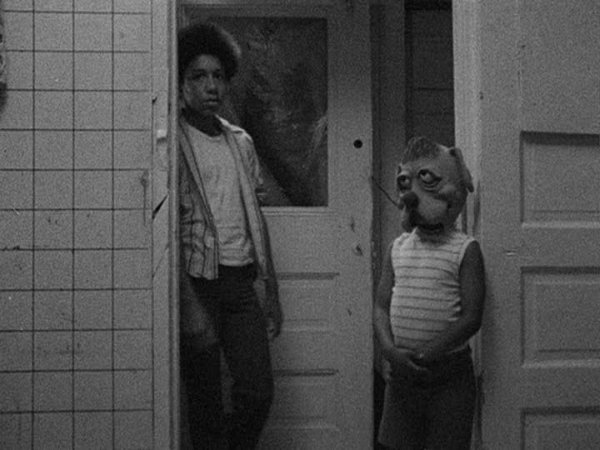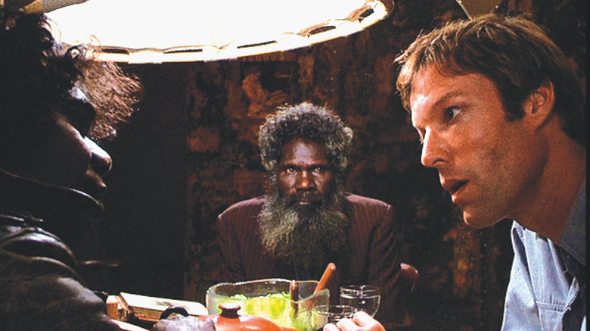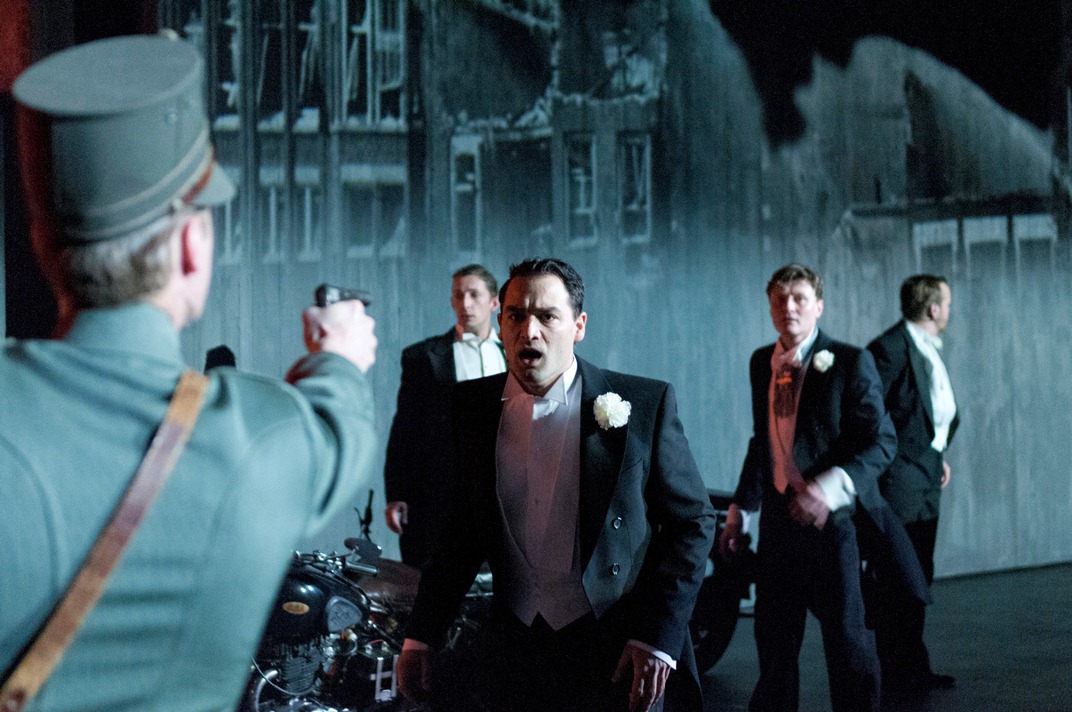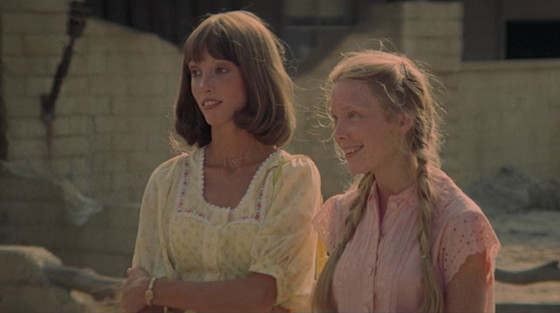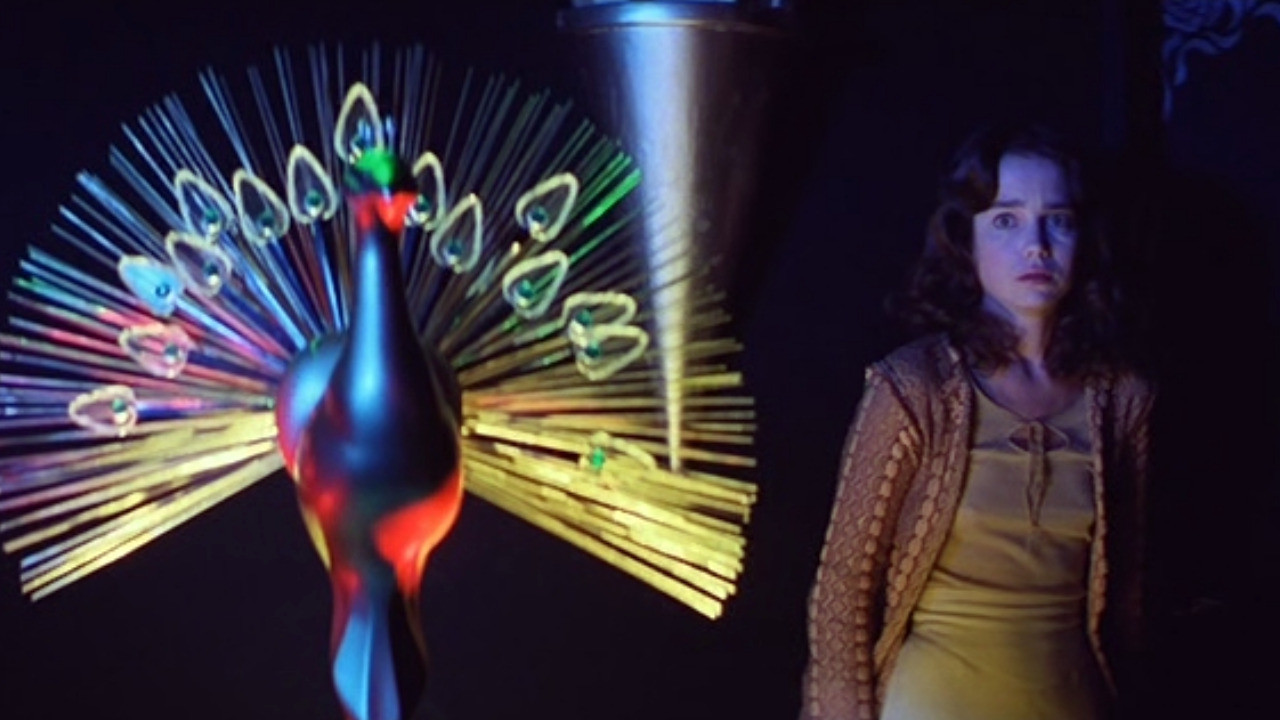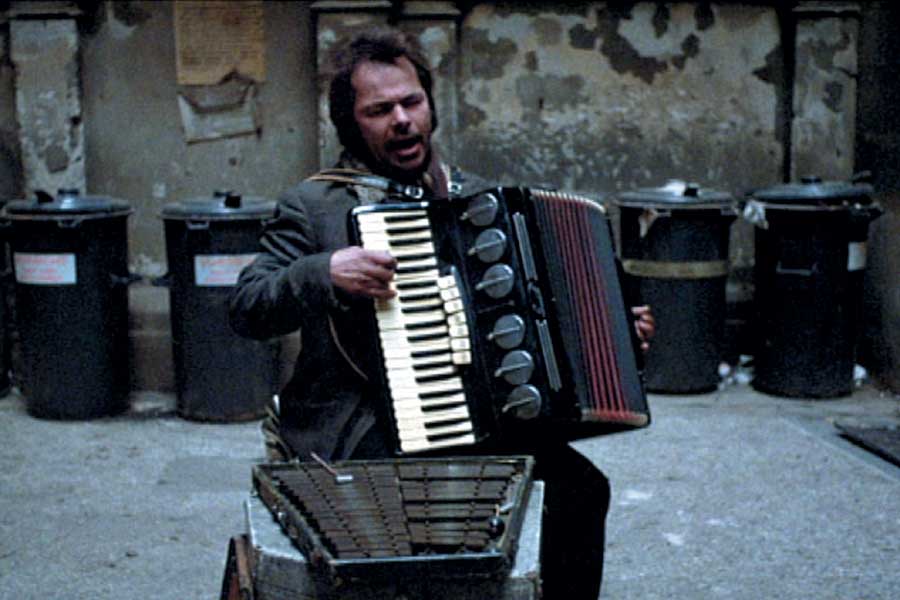17. The Duellists (Ridley Scott)
Ridley Scott’s directorial debut is a rare gem, terribly under-seen in comparison to his more well known films such as “Alien”, “Blade Runner” or “Gladiator”. Set during the Napoleonic age of France, the film is an adaptation of Joseph Conrad’s novella “The Duel”, which is based on true events according to some sources.
The film begins with a beautiful montage and mixture of colors that will define the tone for the rest of the movie. In the vicinity of the road, Lieutenant Gabriel Feraud (Harvey Keitel) fights in an early morning duel. The imagery of pure white is juxtaposed with images in which red (coming from the blood of Feraud’s opponent) is the predominant color. This far-fetched antagonism between natural beauty and irrational human behavior is present throughout the whole film, letting the audience choose the things that really matter.
After this very elaborate epilogue comes the story of the film. It deals with the duel between Lieutenant Feraud and Lieutenant D’Hubert (Keith Carradine). This duel seems to be everlasting, as it has been going on for two decades because every time, its result was inconclusive. The origin of the duel is a simple misunderstanding that gains larger than life proportions.
D’Hubert has no desire to fight and is ready to let it slide, while Feraud is stubborn and will not put an end to his harassment until he has gotten satisfaction. And so, the two men’s everlasting duel extends through the Napoleonic era and beyond in an endless battle of the two men with each other and with themselves.
“The Duellists” sarcastically examines the foolish things men do in the name of honor. The film has a rather unusual subject but it works beautifully, especially against the spectacular background of France’s countryside. The beautiful landscapes of the Dordogne region – where most of the film was shot – interlock with the ugly absurdity of man, eventually blending in a perfect irony. In the opening scenes, the audience sees a flock of white geese crossing a country road.
16. The Goodbye Girl (Herbert Ross)
In “The Goodbye Girl”, Richard Dreyfuss won the Best Actor Oscar for his portrayal as struggling actor Elliot Garfield. He was 30 years old – he was the youngest actor to win a Best Actor Oscar until 2002 when 29-year-old Adrien Brody won for “The Pianist”. On an episode of “Inside the Actor’s Studio”, Dreyfuss said that this award almost destroyed his career as he felt it was too soon for such a huge recognition and that he would not be able to cope with so much success. Whether this is true or not, we don’t know, but we do know that “The Goodbye Girl” is a wonderful heartwarming film that deserves its recognition.
Written as an original screenplay by Neil Simon, the film tells the bittersweet story of down-on-her-luck dancer Paula (Marsha Mason). Why down-on-her-luck? Because Paula’s married boyfriend ran off and left her and her 10-year-old daughter in his Manhattan apartment. He also subleased the apartment to struggling actor Elliot Garfield, with whom Paula and her daughter must now share the living space.
Elliot is neurotic and very talkative. He is desperate to make it on Broadway and his whole career depends on his play being well received. Reluctantly, the two sides share the apartment, despite being very incompatible with each other. However, as time goes by, Paula and Elliot discover that there is chemistry between them and there may be more to their story than just sharing their apartment.
Richard Dreyfuss brings a wonderful, passionate energy to his performance, fleshing out his character rivetingly, and Marsha Mason matches him perfectly. Her role is painfully real and her portrayal is very honest. Both actors bring a sensitivity and affection to their characters that bring you so much closer to them and their story.
15. A Bridge Too Far (Richard Attenborough)
Given the names in this film (Dirk Bogarde, Sean Connery, Ryan O’Neal, Michael Caine, Gene Hackman, Anthony Hopkins, Robert Redford, James Caan, Edward Fox, Maximilian Schell, Elliott Gould, Laurence Olivier, Ben Cross, Liv Ullmann), this should have been nothing less than a masterpiece. Alas, it was only a good war film.
The year is 1944 and the Allied Forces are getting ready to launch Operation Market Garden, which they believed would shorten the war. The plan was to combine the British and American paratroopers and to drop them over the Netherlands, where they would seize the bridges and roads and gradually make their way into Germany. The operation failed 100 percent and resulted in many casualties – it is now remembered as a black mark of World War II.
All the A-list actors listed above have small parts in the film. “A Bridge Too Far” is an ensemble piece that does not concentrate on a certain individual because it does not want to glorify the heroics of X and Y, but rather seeks to send a powerful anti-war message.
If one is a fan of war films, they should love this. It’s big, powerful and doesn’t pull many punches in terms of the horrors the soldiers have been put through. There could probably be a film made about every character featured in this film, but the film chose to sacrifice character development in favor of condensing the mission down into a watchable viewing.
14. Killer of Sheep (Charles Burnett)
“Killer of Sheep” was conceived between two important movements of African-American cinema: the Blaxploitation films of the early 70s and the Spike Lee cinema of the late 80s. This film doesn’t fall into either category – in fact, it feels closer to Italian Neo-Realism than it does to American cinema.
The film – shot with a minimalist cast and budget – depicts a few days in the life of Stan (Henry G. Sanders), a blue-collar worker in a sheep slaughterhouse. His dissatisfaction in life makes him absent from everything happening around him. He is insensitive to his wife’s needs, he does not seem to notice or care about the advances of an older white woman, and he barely notices his children.
“Killer of Sheep” is one those rare American films where African-American characters are not metaphors for something else; they are just people living an ordinary life. The pacing of the film is deliberately slow so that the audience can get a good look at the eyes and expressions of the characters reacting to everyday slices of life.
Most African-American movies are filtered through the perspective of their horrible history and the terrible racism they had to endure throughout hundreds of years. Burnett does not even attempt to do that; he just wants his audience to notice his characters as real, everyday human beings.
13. The Last Wave (Peter Weir)
It seems impossible to make an apocalyptic film without special effects. Yet, “The Last Wave” is one of the pioneering films of the genre and it brilliantly achieves the dark and sinister feel of such a film using only the power of suggestion and the power of rain.
“The Last Wave” tells the story of Australian lawyer David Burton (Richard Chamberlain), who is solicited to defend the case of five Aborigines who have been accused of murder. Pretty soon, Burton realizes that this will be a difficult case as the natives keep silent about the murder and refuse to speak in their defense. In a strange connection to this bizarre trial, Burton begins to have apocalyptic visions of the imminent coming to the end of the world.
“The Last Wave” is a challenging movie. Nothing is laid out for the audience; viewers must rely on their own inferences to figure out the hidden messages of the movie. The film uses the imminent coming of the apocalypse as a metaphor for the clash between the two cultures. Rain, in its violent and strange forms, is used every time something important happens in the film.
12. Soldaat Van Oranje (Paul Verhoeven)
This is one of Paul Verhoeven’s pre-Hollywood movies done in his native Holland. It was also the most expensive Dutch film at that time. The film follows a group of students who await the coming of World War II with different fears and expectations. Each of them has their own interpretation of the war and the role they must play, and each of them hopes that their contributions to this major event will change their lives and the fate of the country.
The film then splits into following each member of the group and his role in the war. Some of them end up in the resistance, and others become collaborators. Even though the four men are separated at the beginning of the war, chance still brings them together throughout the course of the film and those reunions make up the film’s climaxes.
Although the film contains a great deal of suspense and a fair amount of violence, it’s not a garish adventure movie but rather a human chronicle of ordinary people pushed to the edge of reason. Even more remarkable is that “Soldaat Vaa Oranje” is able to convey this feeling using all the tools of a big-budget shallow adventure movie.
This isn’t a profoundly serious little film with a somber message, but a big, colorful, expensive war movie that could have been a blockbuster but it turned out to make movie history.
11. 3 Women (Robert Altman)
This is one of Robert Altman’s more complicated films, but once you “get it”, it becomes an unforgettable cinematic experience.
The film is an almost surreal introspective look in the lives of three women: Millie (Shelley Duvall), a lonely woman who fancies herself to be quite the catch, Pinky (Sissy Spacek), an awkward teenager, and Willie (Janet Rule), a pregnant woman and graphic artist who owns the bar where Millie and Pinky hang out.
Through the course of the film, Millie and Pinky become so close that they even begin to resemble each other and assume personality characteristics from each other. During this time, Willie remains an observer – the neutral side if you will.
The film is not easy to get into. Many critics who managed to “get into it” dismissed the film as being an American “persona”, but Altman’s die-hard fans didn’t care and “3 Women” developed a cult following ever since.
The film loops on itself, each of its environments symbolizing different stages in the two women’s evolution, or rather their downfall. But the symbolism doesn’t stop here; the film has limitless symbolism possibilities, making it one of the most unusual and charming films to have come out of the US in the 70s.
10. Suspiria (Dario Argento)
In this bizarre and enigmatic film, Dario Argento tries to teach us that there is more to a film than just its text and images; a film is always a whole experience. With a perfect soundtrack composed by Italian progressive rock band Goblin, “Suspiria” is a Giallo masterpiece made by the master of this genre.
The film features many mysterious crimes inserted into the story like a baroque painting. Argento’s horror world is not populated by murderers with masks and gloves, but rather by evil witches and supernatural phenomenons.
Young American Suzy Banyon (Jessica Harper) arrives in Munich, Germany to study ballet at a top-notch academy. On her first day at the academy, Suzy witnesses the brutal murder of a young blonde woman making her realize that this is no ordinary place. While the mysterious murders continue to take place, Suzy begins to experience fainting spells and bizarre visions that will ultimately help her uncover the truth about the sinister school.
Dario Argento has turned “Suspiria” into much more than a simple horror film. There’s never a moment of relief; even in scenes where Suzy is completely safe, the audience still doesn’t feel at ease. Argento has the talent to make something out of nothing, to scare you without giving you something concrete to be scared of. The screenplay for “Suspiria” is far from brilliant, but Argento’s fantastic directorial choices make this a true classic.
9. Stroszek (Werner Herzog)
The first part of the movie “Stroszek” – the part that takes place in Berlin – is so real it hurts. The second part of the film – the one that takes place in the United States – is so bizarre it could almost pass as surreal.
“Stroszek” is an indirect portrait of enigmatic actor and street performer Bruno S. Like Bruno S. himself. Stroszek is a Berlin street performer, recently released from prison and almost always under the influence of alcohol. For Stroszek, German life is very hard to endure so he finds comfort alongside a prostitute named Eva and a loony old man named Scheitz.
One day, the three make the decision to go to America and put some sense into their existence. But once they get there, they find that their life is even more meaningless than before. As each goes their separate ways, Stroszek finds himself alone and lacking alternatives.
“Stroszek” was the movie that Ian Curtis (the lead singer of Joy Division) had watched just before committing suicide. Because of this reference, it was been dubbed as being unbearably depressing. There is some truth to that as “Stroszek” is not a comfortable film to watch, but the film is much more diverse in themes and tones to be limited just to depression.
“Stroszek” is a strident and brutal but lucid dream of freedom, where America is completely demystified through the eyes of its characters. The elaborate end scene might seem like the ultimate statement of the doomed man but in reality, it leaves plenty of room for dreams of a better tomorrow.
